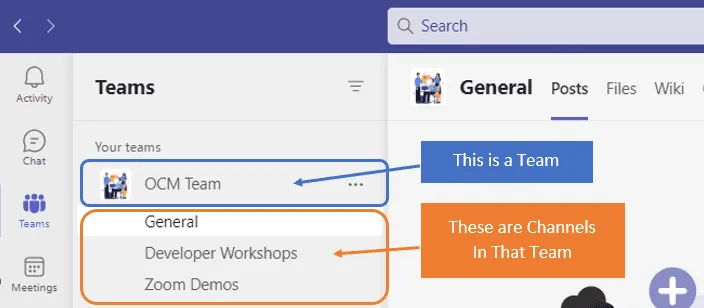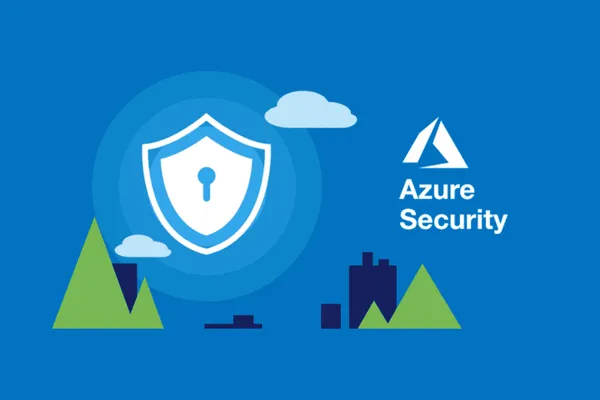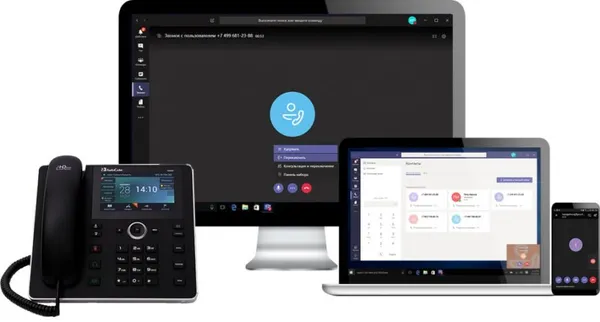
Knowledge base
November 30, 2022
Easy setup checklist for Microsoft Teams
Microsoft Teams is a lot of things. It is a tool for video conferencing, a channel for team messaging and an in-app cocreation tool, to name a few. During the pandemic, the popularity of Teams skyrocketed.
The number of users for MS Teams increased from 20 million in November 2019 to 75 million in April 2020. As of this year, Microsoft reports a user base of 270 million for the platform. This makes it the most popular business tool for team communication.
But one of the things that makes the app popular is also one that can make installation complex. Microsoft Teams has many moving parts, but to use them effectively, they must be well organized. In addition, users should have the opportunity to learn about the system and be trained in best practices.
What can Microsoft Teams do?
First, let’s look at the different areas of Microsoft Teams and what it can do. Then we give you a simple setup checklist to help your team get started productively.
You can think of Teams as a virtual office in the cloud. It is a centralized hub where teams can communicate, collaborate and manage tasks. There is also an external communication component for Teams. You can use the app to videoconference with anyone. You can also invite guests to a chat channel.
Here are some of the features of MS Teams:
- Chat channels in silos
- Security for team communication
- Integration with Office apps
- Integration with 3rd party apps
- Sharing files
- Video and audio conferencing
- VoIP phone system (with an additional add-on)
- Store all team resources in one place
Microsoft Teams versions
Good news for small businesses is that there is a freeversion of Microsoft Teams. If you sign up for a Microsoft 365 business subscription, you get the app included, but with a few more features.
Microsoft has also pushed MS Teams for personal use. So you can use it to better keep your departments on task. Or to manage family video calls or collaboration with PTA meetings. It is a versatile and scalable virtual office platform.
Simple checklist for setting up Microsoft Teams
1. Set up your teams/departments
One of the advantages of Teams is that it allows you to set up specific areas where your groups can work together. You don’t want everyone setting up these teams on their own, or you could end up with a disorganized mess.
Some ideas for setting this up:
- Set up teams by department (accounting, marketing, etc.)
- Add a company-wide team (where everyone can work together)
- Set up teams by role (office managers, executives, etc.)
If you reflect your organization’s hierarchy, that’s usually a good place to start. Team areas are secured so that only invited users can see or access content in that team.

2. Add team members
For each team, add the members who may participate on that team. These are people who can see the resources posted in that team area. They are normally the members of the department or group for which the team is designed.
3. Set up team channels
The next level below the team are the channels. These team channels help organize conversations. For example, within a team set up for your marketing department, you might decide to add three channels. This keeps conversations more focused and makes it easier to find things.
For example, you may have channels for:
- Website management
- Social media
- Offline advertising
Team channels are another area you want to manage. Don’t let everyone set up channels without a plan, or it will quickly get messy.
4. Set up team tabs
Tabs are a great way to boost productivity. Suppose employees on your accounting team need access to a tax reporting website. Inevitably, time can be wasted asking for that link or a login. This is especially true if someone is filling in for a colleague.

You can add that website link and information to the Tabs area at the top of the team channels. Just click the plus sign to add a new resource and consolidate things for your team members.
5. Schedule MS Teams Training.
One of the reasons business initiatives fail is that users are not properly engaged. If users have not been trained to use MS Teams, they will revert to using what they were using before. This negates the benefits of moving to Teams when not everyone is on board.
Work with a Microsoft professional to train your teams. We can provide tips on the most productive features. As well as shortening their learning curve considerably! Provide a realistic time frame. You should also ask users if they feel they need more training.
Source: start-tech
Want to know more?

Related
blogs
Tech Updates: Microsoft 365, Azure, Cybersecurity & AI – Weekly in Your Mailbox.









